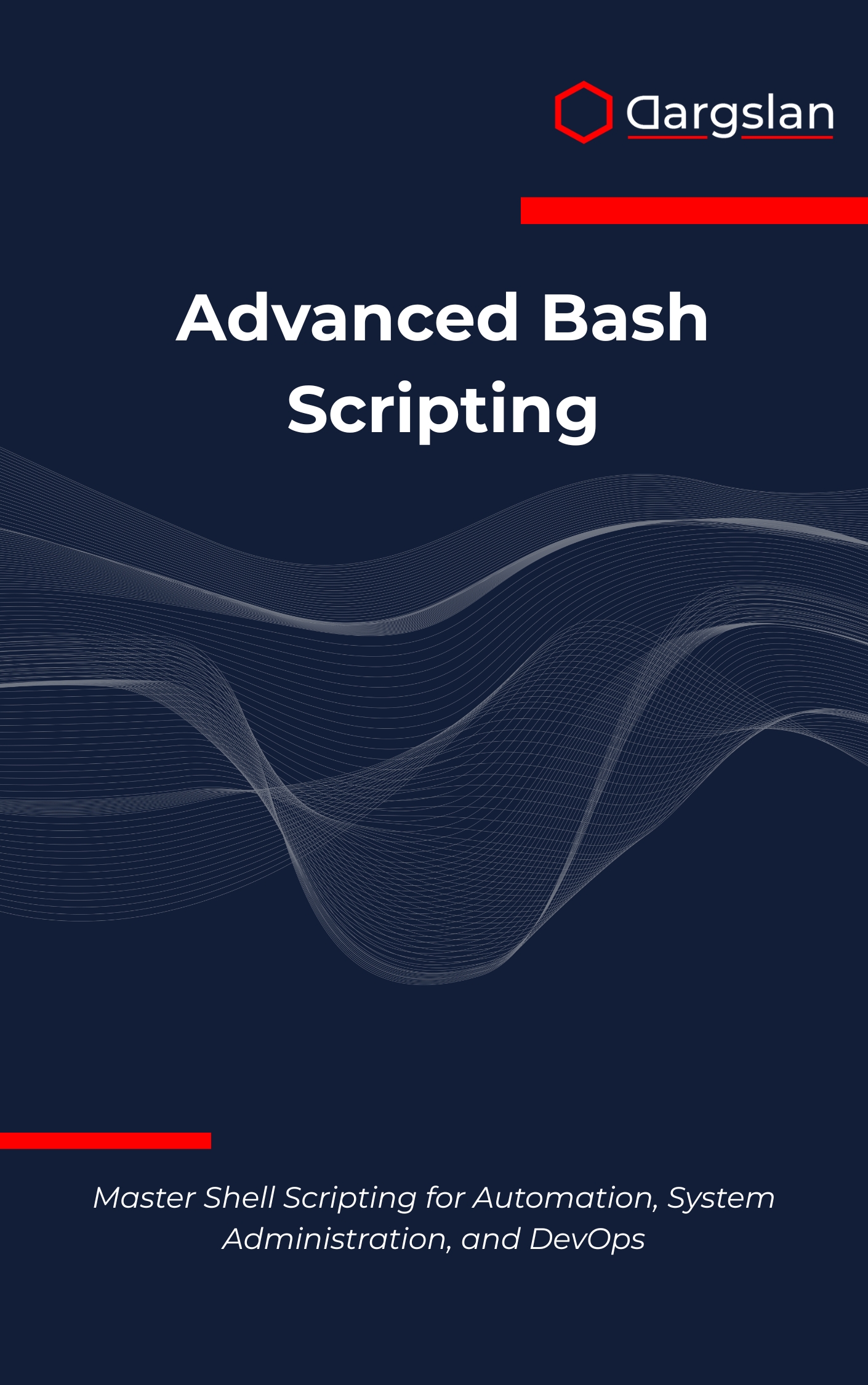OWASP Top 10 Explained for Developers
Beginner Bash Scripting: A Hands-On Guide to Shell Scripting on Linux,Learn Bash scripting through real examples and automate Linux tasks like a pro.

Security debt compounds fast. If you’re building modern web applications, you need battle-tested guidance that translates risk into concrete code, reviews, and tests. This book gives you exactly that—clear, actionable practices that help you ship features faster without opening the door to attackers.
A Practical Guide to Building Secure Applications
Overview
OWASP Top 10 Explained for Developers is a definitive IT book and technical book that turns a trusted security framework into a practical programming guide you can use immediately. As A Practical Guide to Building Secure Applications, it shows how to apply OWASP Top 10 implementation across any Programming Language, giving teams a shared, repeatable approach to web application security in real projects.
Through clear explanations and hands-on tactics, you’ll master secure coding practices, access control systems, cryptographic implementation, injection attack prevention, and secure design principles. You’ll also learn security configuration management, dependency management, authentication systems, session management, data integrity protection, security logging, monitoring systems, SSRF prevention, threat modeling, security testing, vulnerability assessment, and the secure development lifecycle—mapped to the 2021 OWASP Top 10 with code-level patterns, checklists, and tests.
Each chapter moves from risk to remediation: how the vulnerability works, how to detect it, what to change in code and configuration, and how to verify the fix through automated tests and CI/CD checks. Whether you’re scaling a greenfield app or hardening legacy services, you’ll gain pragmatic patterns that integrate neatly into your existing tools and workflows.
Who This Book Is For
- Working developers who need practical, language-agnostic controls they can implement today—reduce security bugs, pass audits with confidence, and protect user data without slowing delivery.
- Security champions, SREs, and DevOps engineers aiming to operationalize defenses—learn to embed monitoring, alerts, and guardrails that surface threats early and enforce secure defaults.
- Team leads and architects committed to raising the bar—align your organization on a single, proven approach to application security and make “secure by design” a daily habit.
Key Lessons and Takeaways
- Build and enforce robust authorization: apply least privilege, centralize policy, use server-side checks, and prevent broken access control with tested patterns for roles, attributes, and contextual rules.
- Make cryptography work for you: select modern algorithms, manage keys and rotation, configure TLS correctly, and protect secrets across environments to ensure data integrity and confidentiality.
- Shift security left and automate: integrate threat modeling, dependency scanning, SAST/DAST, and SSRF prevention into CI/CD; add meaningful security logging and monitoring to detect and respond quickly.
Why You’ll Love This Book
This guide is refreshingly practical. It avoids vague theory and gives you step-by-step instructions, code walkthroughs, and remediation checklists that map directly to common frameworks and architectures. Every concept is paired with realistic examples, test cases, and decision guides so you can choose the right control for your stack and risk profile.
It’s also highly actionable for teams. You’ll find patterns you can standardize across services, architectural notes that scale, and quick-reference tables to accelerate code review and pair programming. From access control to logging strategy, the book shows not just what to fix but how to bake security into daily development.
How to Get the Most Out of It
- Start with the quick wins: read the introduction and the chapters on broken access control, cryptographic failures, and injection first. Then follow the recommended path through session management, authentication, and security logging to build a solid baseline.
- Apply as you go: after each chapter, implement one control in your codebase and add a corresponding test. Wire checks into CI/CD, update your runbooks, and capture lessons in your team’s coding standards.
- Reinforce with mini-projects: harden a login flow and session lifecycle; add SSRF egress controls to a service that calls third-party APIs; enable dependency management with automated updates; and create a security monitoring dashboard tied to meaningful alerts.
What’s Inside the Chapters
Each chapter mirrors a real development workflow. You’ll begin with a threat overview, explore attack paths and failure modes, then pivot to repeatable controls and code-level fixes. The book demonstrates how to prevent injection at data-access boundaries, implement strong authentication systems with secure session management, and design durable access control systems that can adapt as roles and resources grow.
You’ll learn how to implement cryptographic safeguards—hashing passwords with modern algorithms, encrypting sensitive fields, managing keys and rotations—and how to protect data integrity with signatures and checksums. You’ll also adopt secure design principles to avoid insecure defaults and brittle patterns, and practice security configuration management across infrastructure and application layers.
Coverage extends into observability and resilience. You’ll design security logging that captures the right context without leaking secrets, wire monitoring systems to detect anomalies, and establish runbooks that guide fast, confident response. With SSRF prevention, you’ll constrain outbound traffic, validate destinations, and segment networks to minimize blast radius.
The guide closes the loop with robust testing. You’ll adopt threat modeling techniques that fit agile delivery, perform targeted security testing and vulnerability assessment, and institutionalize a secure development lifecycle that continuously improves through feedback and metrics.
Practical Benefits for Your Team
Expect fewer regressions, faster code reviews, and clearer ownership of controls. Engineers get copy-pastable patterns and tests; leads gain visibility and standards; security teams see better telemetry and higher signal-to-noise in alerts. Most importantly, your users get safer software without trade-offs in usability or speed.
By the time you finish, you’ll have a working blueprint for secure coding practices that’s compatible with your tech stack and development cadence—no heavy rewrites, just smart, scalable improvements that compound over time.
Get Your Copy
Build security in from day one and ship with confidence. Learn the patterns that protect real applications, reduce risk, and accelerate delivery—without slowing your team down.




